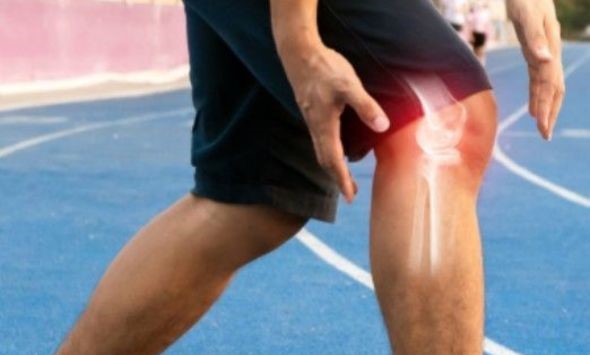A Step-by-Step Guide to Knee Arthroscopy: What Patients Need to Know

Knee Arthroscopy: What is it and why does it matter?
Knee arthroscopy is a simple, less invasive way for doctors to figure out what’s going on with your knee and fix the problem. If you’re experiencing knee discomfort or pain, this guide will break it down for you, offering a clear overview of what to expect and how to prepare so you feel at ease before your surgery.
Understanding the Procedure
What to Expect Before Surgery
Before the procedure, your orthopedic surgeon will conduct a thorough evaluation, including physical exams and imaging tests like X-rays or MRIs. This helps determine if arthroscopy is the right choice for you. You’ll also receive instructions on how to prepare, which may include Fasting, Medication Review, Arranging Transportation etc.
The Surgery Process
On the day of the surgery, you will be given anesthesia—either general or local. The surgeon will make small incisions around your knee and insert an arthroscope, a small camera, to visualize the inside of your joint. Here’s what typically happens during the procedure:
- Inspection: The surgeon examines the knee joint for damage, such as tears in the cartilage or ligaments.
- Treatment: If needed, the surgeon can perform repairs, remove loose fragments, or smooth rough surfaces.
- Closure: After the procedure, the incisions are closed with stitches or adhesive.
Recovery After Arthroscopy
Recovery from knee arthroscopy is generally quicker than from open surgery. Here’s what you can expect:
- Initial Rest: You may need to rest and keep your knee elevated for the first few days.
- Follow-Up: Regular follow-up appointments will be scheduled to monitor your healing progress.
- Physical Therapy: Engaging in physical therapy is crucial for regaining strength and mobility. Your therapist will guide you through exercises tailored to your needs.
Your Path to Recovery
Knee arthroscopy can make a big difference for people dealing with knee pain or discomfort. By understanding the process and closely following your doctor’s guidance you can prepare yourself for an easier recovery. With the right approach, you’ll be back to your normal routine more quickly, feeling stronger and more mobile.

When to See a Doctor?
If you are experiencing persistent knee pain, swelling, or instability after surgery, it’s important to consult your doctor. These symptoms may indicate complications that need addressing.
Consult Dr. Rahul Khanna for Expert Guidance
For personalized advice and treatment options regarding knee issues, reach out to Dr. Rahul Khanna today. His expertise will support you at every step, assisting you in making informed choices as you work towards improved knee health.
Emergency?
24 Hour Ready
Call Us for Emergency
+91-9828501360
Book an Appointment
Seamless Fitness Care Access: Booking an Appointment with Your
Trusted Doctor
FAQ's
Knee arthroscopy typically takes about 1-2 hours, depending on the complexity of the issue.
You may experience some discomfort, but pain is usually manageable with prescribed medications.
Most patients can resume light activities within a few days, but it may take several weeks for more strenuous activities.
Yes, physical therapy is essential for a successful recovery and regaining strength in your knee.
As with any surgery, there are risks, including infection, blood clots, and complications related to anesthesia. However, these risks are generally low.